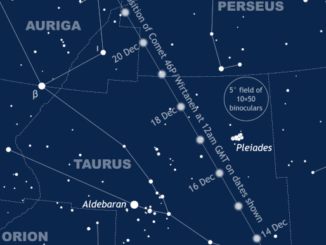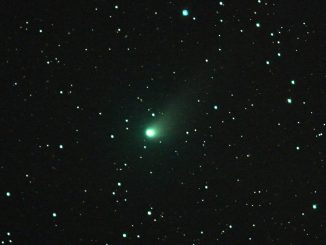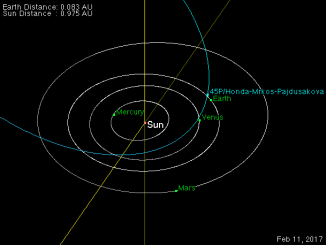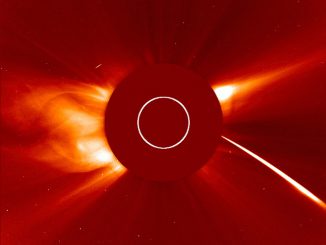
Catch close Comet 46P/Wirtanen near the Pleiades on 16 December
Bright Comet 46P/Wirtanen skims past Earth just 30 lunar distances away on 16 December when it could become a diffuse magnitude +3 object almost a degree wide located between the Pleiades and Aldebaran in the constellation of Taurus. Grab your binoculars and find a dark sky location well away from streetlights to enjoy this Christmas comet before the glow from a waxing Moon gets too bright from 17 December.








